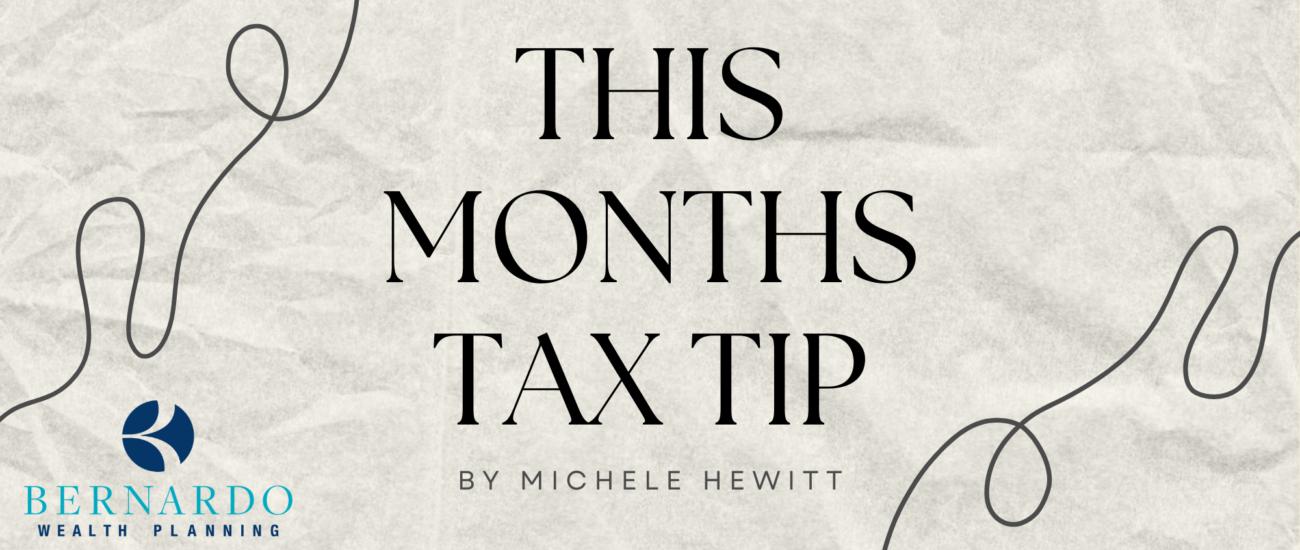In 2017 the standard deduction approximately doubled, meaning many taxpayers who normally itemized their deductions found it beneficial to take the standard deduction. For those who are charitably inclined, “bunching” your charitable contributions into one year (itemizing deductions), and taking the standard deduction the following year can maximize your overall tax deduction.
Real life example:
Jim and Audrey (both under age 65) file married filing jointly and have the following itemized deductions:
· $10K real estate tax deduction (limited of $10K per 2017 TCJA)
· $15K in annual charitable contributions
Total itemized deductions of $25K – take the standard deduction.
The 2025 standard deduction is $30K for a married couple under the age of 65. As Jim & Audrey’s itemized deductions are less than $30K, they will use the standard deduction on their 1040 tax return, and receive no tax benefit from having made the charitable contribution.
If Jim & Ashley were to “bunch” two years’ worth of charitable contributions into one year, it would push them above the standard deduction, and they would recognize a tax deduction greater than the standard deduction.
· $10K real estate tax deduction (limited of $10K per 2017 TCJA)
· $30K charitable contributions
Total itemized deductions of $40K, greater than standard deduction – itemize the deductions.
This would allow the couple to itemize their deductions in 2025 with a total of $40K, and then use the standard deduction in 2026 of $30K (will be indexed for inflation). Under this scenario, the total deduction for the two years is $70K ($40K in 2025 and $30K in 2026).
Without using the “bunching” method, the total deduction over the two years would be $60K – the standard deduction of $30K each year.
“Bunching” results in an extra $10K tax deduction over the two years.
Using a Donor Advised Fund (DAF) for “bunching” is a great way to get a second tax benefit. A taxpayer can contribute appreciated long-term stock/mutual funds to a DAF in one year, receive the tax benefit at the time of contribution, and then distribute the money to the charities in the time frame the taxpayer chooses. Contributions into the DAF escape taxation, so highly appreciated assets are excellent choices to use to fund the DAF.
Wondering if “bunching” or a Donor Advised Fund might make sense to you? Contact us to discuss further.
